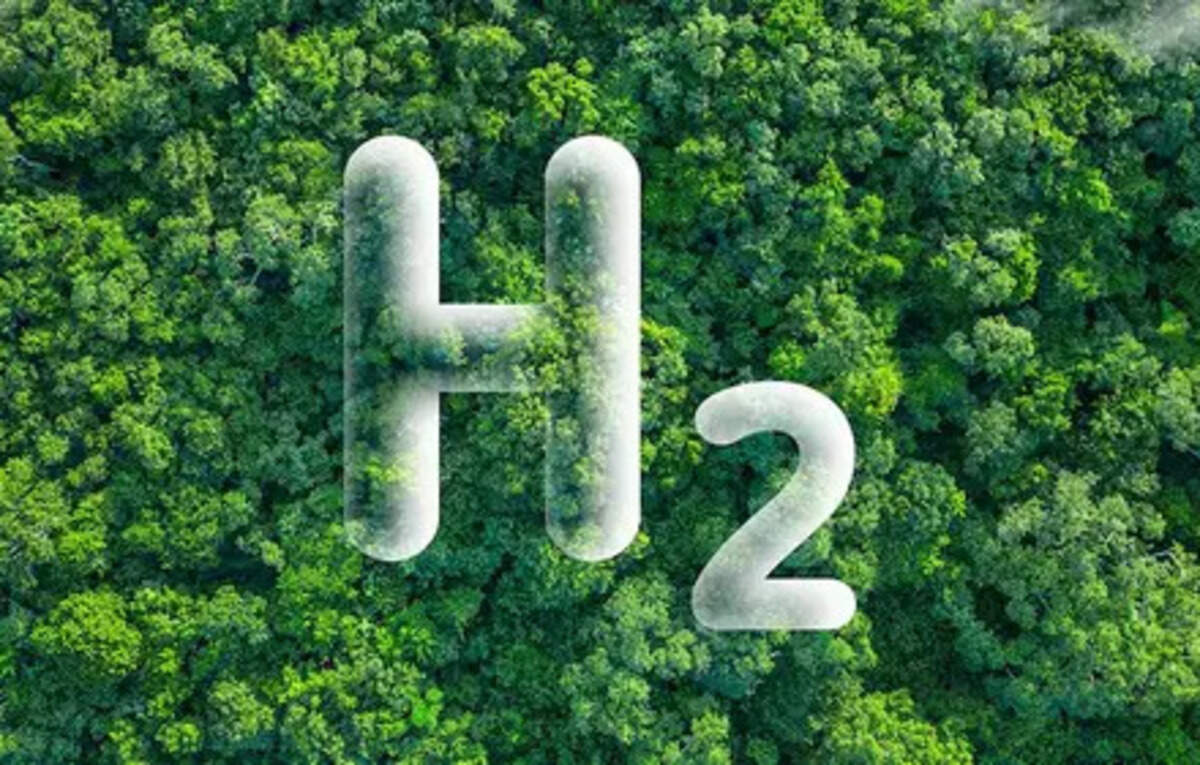India's Green Hydrogen Revolution: A Vision for Energy Independence
Key Ideas
- India launches National Green Hydrogen Mission with $2.4 billion initial allocation, targeting 5 million metric tonnes of green hydrogen production by 2030.
- Pilot projects in various sectors, including steel, mobility, and shipping, aim to support the transition to green hydrogen and achieve Net Zero emissions.
- India plans to become a major global exporter of green hydrogen by 2030, contributing significantly to decarbonisation efforts and attracting investments of about $100 billion.
- Supportive policies include the 'Green Hydrogen Certification Scheme' and exemption of Green Hydrogen and Green Ammonia plants from environmental clearance, fostering growth and development in the sector.
India is making significant strides in the green hydrogen sector with the launch of the National Green Hydrogen Mission. With an initial allocation of $2.4 billion, the country aims to achieve 5 million metric tonnes of green hydrogen production by 2030. Pilot projects in sectors like steel, mobility, and shipping are underway to support this transition and work towards achieving Net Zero emissions. India's vision includes becoming a major global exporter of green hydrogen by 2030, which is expected to attract investments of around $100 billion. The 'Green Hydrogen Certification Scheme' and exemption of certain plants from environmental clearance are key supportive policies that are driving growth in the green hydrogen industry. With plans to develop Green Hydrogen hubs at major ports and the commitment of 15 states to support green hydrogen initiatives, India is positioning itself to lead in renewable energy and green technology. The country's ambitious targets for renewable energy and green hydrogen production underscore its dedication to energy independence and combating climate change.
Topics
Green Hydrogen
Renewable Energy
Environmental Impact
Green Technology
Job Creation
Government Initiatives
Export Goals
Latest News
